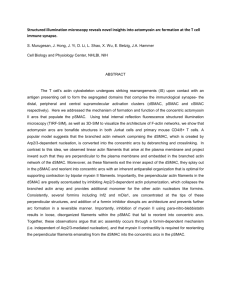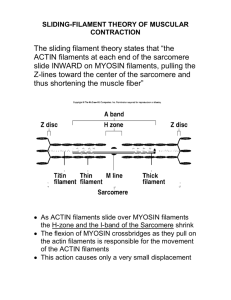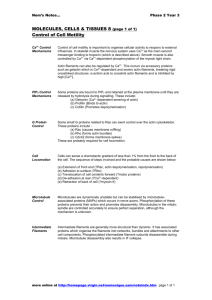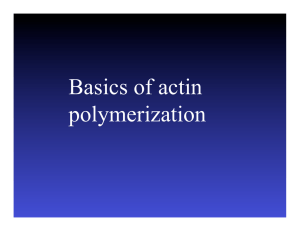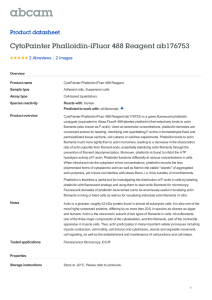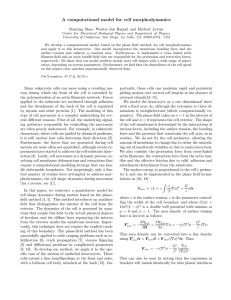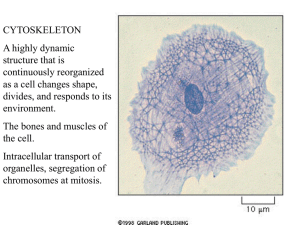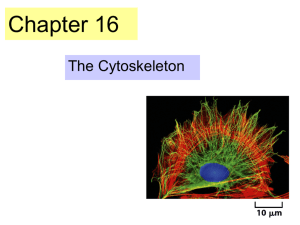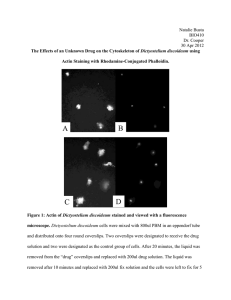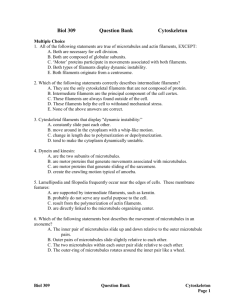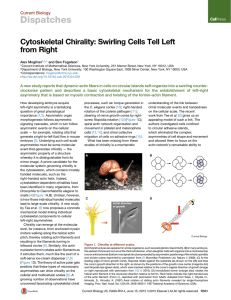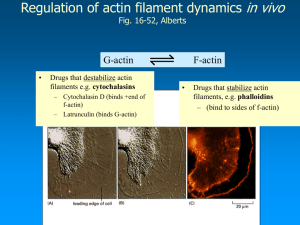Development of a measurement system for the force generated
advertisement
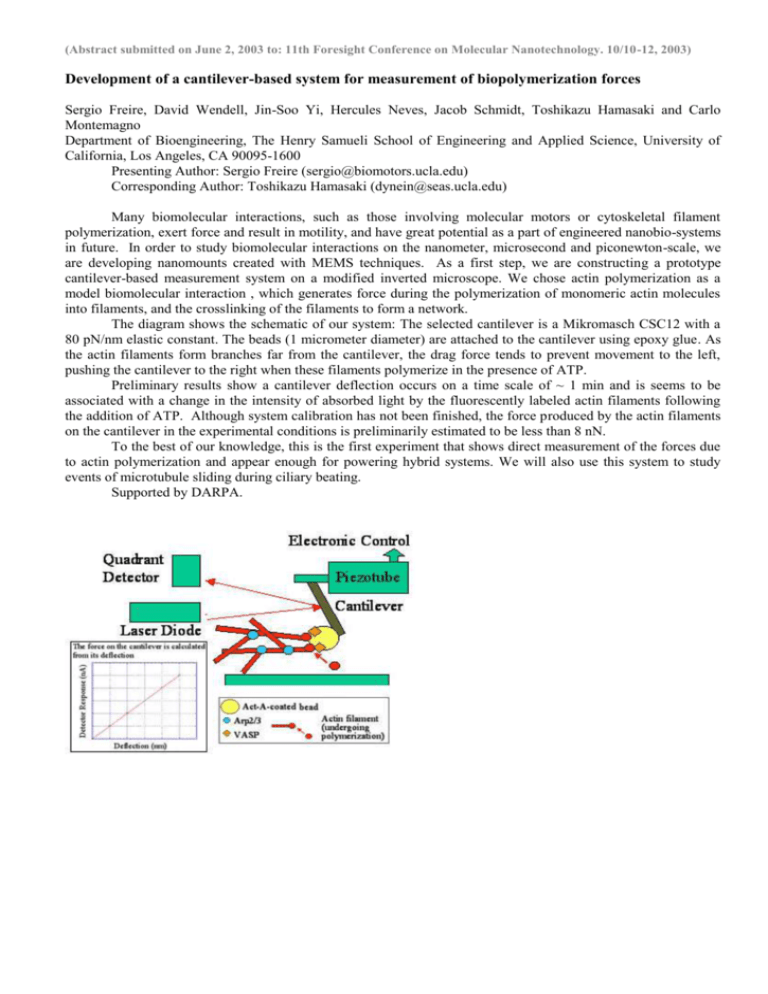
(Abstract submitted on June 2, 2003 to: 11th Foresight Conference on Molecular Nanotechnology. 10/10-12, 2003) Development of a cantilever-based system for measurement of biopolymerization forces Sergio Freire, David Wendell, Jin-Soo Yi, Hercules Neves, Jacob Schmidt, Toshikazu Hamasaki and Carlo Montemagno Department of Bioengineering, The Henry Samueli School of Engineering and Applied Science, University of California, Los Angeles, CA 90095-1600 Presenting Author: Sergio Freire (sergio@biomotors.ucla.edu) Corresponding Author: Toshikazu Hamasaki (dynein@seas.ucla.edu) Many biomolecular interactions, such as those involving molecular motors or cytoskeletal filament polymerization, exert force and result in motility, and have great potential as a part of engineered nanobio-systems in future. In order to study biomolecular interactions on the nanometer, microsecond and piconewton-scale, we are developing nanomounts created with MEMS techniques. As a first step, we are constructing a prototype cantilever-based measurement system on a modified inverted microscope. We chose actin polymerization as a model biomolecular interaction , which generates force during the polymerization of monomeric actin molecules into filaments, and the crosslinking of the filaments to form a network. The diagram shows the schematic of our system: The selected cantilever is a Mikromasch CSC12 with a 80 pN/nm elastic constant. The beads (1 micrometer diameter) are attached to the cantilever using epoxy glue. As the actin filaments form branches far from the cantilever, the drag force tends to prevent movement to the left, pushing the cantilever to the right when these filaments polymerize in the presence of ATP. Preliminary results show a cantilever deflection occurs on a time scale of ~ 1 min and is seems to be associated with a change in the intensity of absorbed light by the fluorescently labeled actin filaments following the addition of ATP. Although system calibration has not been finished, the force produced by the actin filaments on the cantilever in the experimental conditions is preliminarily estimated to be less than 8 nN. To the best of our knowledge, this is the first experiment that shows direct measurement of the forces due to actin polymerization and appear enough for powering hybrid systems. We will also use this system to study events of microtubule sliding during ciliary beating. Supported by DARPA.



